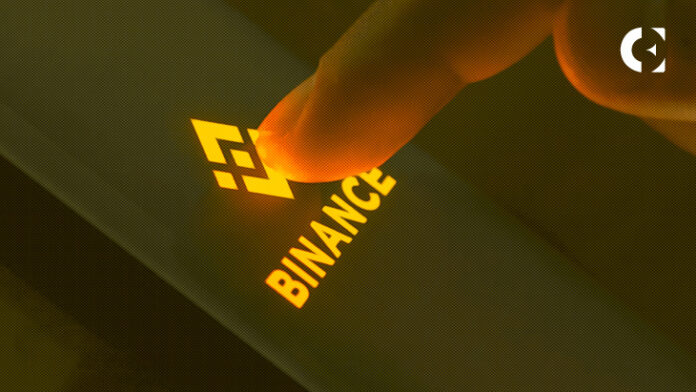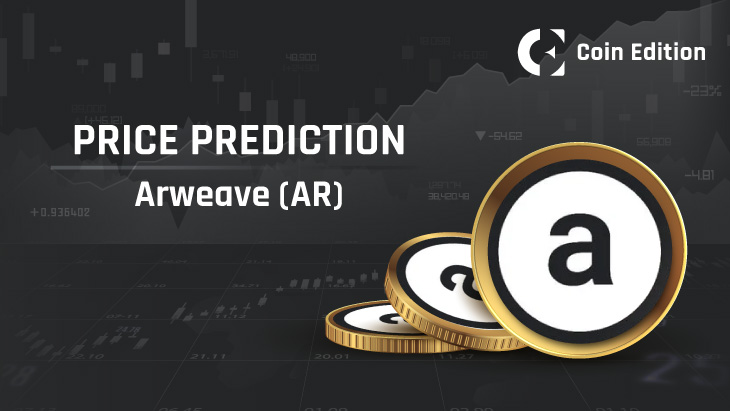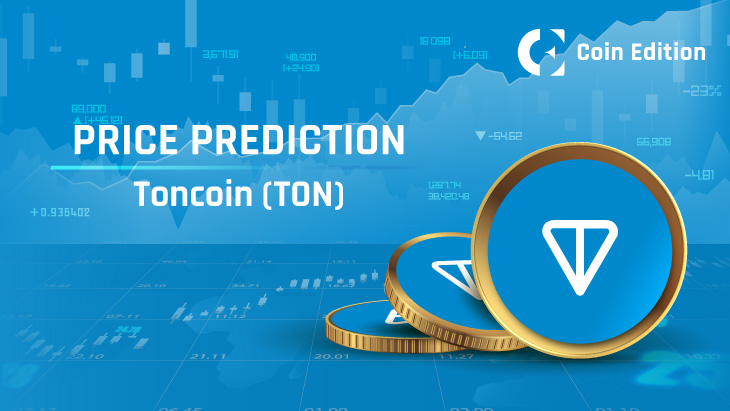- Binance supports Circle’s dollar-pegged USD Coin (USDC) on the Polygon Network.
- Binance continues to support the bridged version of USDC.
- The integrated version will be recognized under the ticker MATICUSDCE on Polygon.
The latest revelations in the ever-vibrant crypto space unveiled Binance’s decision to embrace the dollar-pegged USD Coin (USDC) on the Polygon Network. The announcement said, “Binance will support the native USD Coin (USDC) on the Polygon network issued by Circle. Deposits and withdrawals will be open soon and will be announced separately.”
The Chinese crypto expert Colin Wu, who’s known as Wu Blockchain on X, shared Binance’s recent move. He mentioned that while Binance integrates Circle’s USDC, the already existing bridged version of UDSC will continue to be supported.
After Binance’s adoption of USDC, the integrated version will be known under the ticker MATICUSDCE on Polygon. Meanwhile, the newly added version of the USD Coin will have a unique and separate identity to be recognized. While the bridged USDC carries the identity 0x2791bca1f2de4661ed88a30c99a7a9449aa84174, the native USDC is recognized as 0x3c499c542cEF5E3811e1192ce70d8cC03d5c3359.
Binance has notified the users about the temporary restrictions on the deposit and withdrawal services of the current USDCs on Polygon. However, the other functionalities, like USDC spot trading, futures trading, margin trading, Binance Earn, and Binance Pay services, would remain unaffected.
Furthermore, the platform assured that the trading services related to the bridged USDC would be uninterrupted during the period. As per the platform’s official statement, the resumption of the withdrawal and deposit activities of the native USDC will be announced later.
Recently, Binance has been going through challenging times. In related news, Binance decided to shut down its Visa debit card services across the European Economic Area (EEA) starting on December 20, 2023.
Disclaimer: The information presented in this article is for informational and educational purposes only. The article does not constitute financial advice or advice of any kind. Coin Edition is not responsible for any losses incurred as a result of the utilization of content, products, or services mentioned. Readers are advised to exercise caution before taking any action related to the company.










